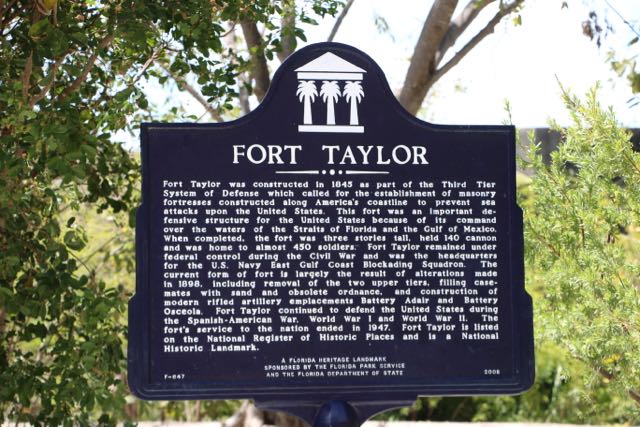Fort Taylor was a very interesting visit. If you’re into Civil War history, big cannons, or heck, even massive yet stunningly symmetrical architecture, you’d enjoy a bit of time spent at Fort Taylor, too.
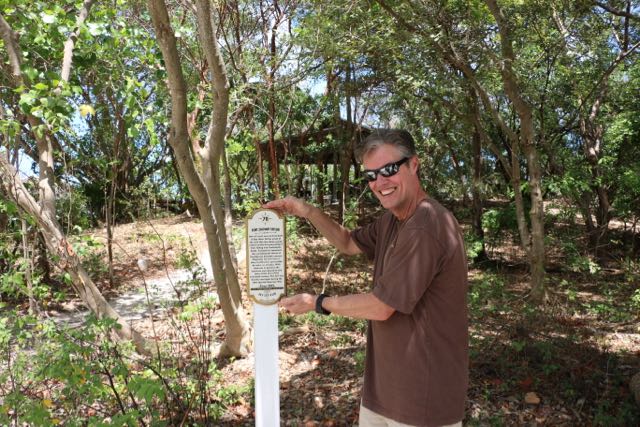
What first struck us was the moat surrounding the fort. That, and the shaded park on the outside, compared to the pristine interior, stark and hot when in the sun, with grass as the only greenery. Fort Taylor is a mix of jet black walls, brick walls, uniform chambers, identical arches, and an evolving architecture.
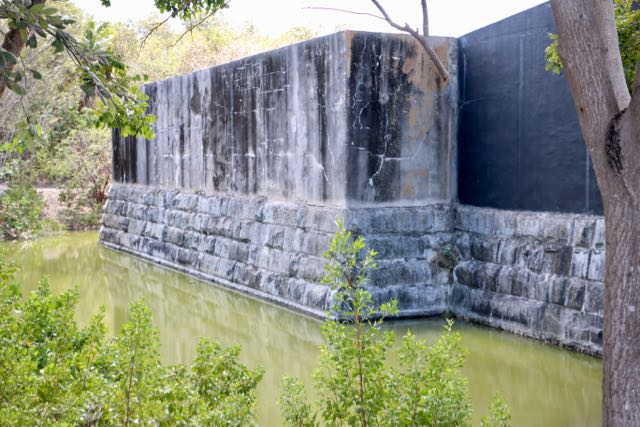
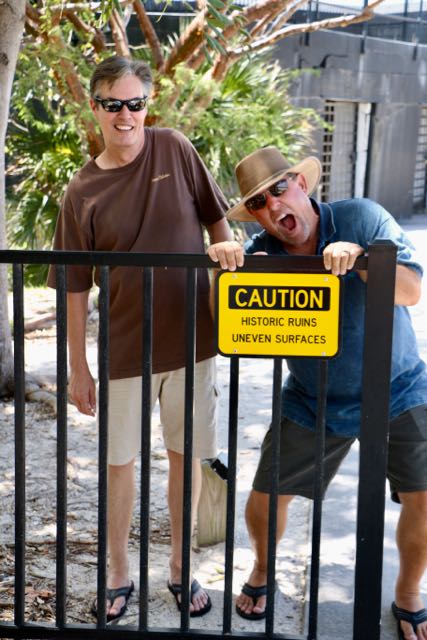
They may be historic and have uneven surfaces, but they’re our historic uneven surfaces.
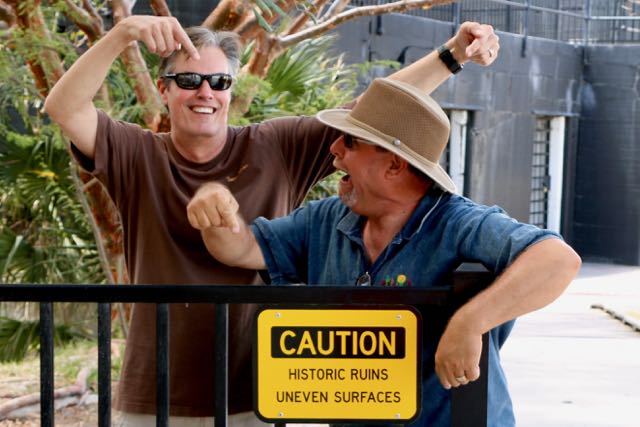
Having fun, no matter where we go.
When construction first started, the fort was used by the Union to keep Confederate supply ships from reaching port in the Gulf of Mexico, as well as keeping the Confederate troops from taking Fort Taylor, and Key West. Long range cannons were the weapon of choice, they made quite an impression, and got the job done.
Hurricanes, yellow fever, and a shortage of supplies meant construction of the fort was slow going, and it took over 20 years to complete. In addition to its role in the Civil War, Fort Taylor played a role in the Spanish-American War, and subsequently was updated for more modern weapons. In all this time the actual fort never saw any action. In 1947, Fort Taylor was turned over to the Navy to maintain. Since then, countless hours and tireless efforts have unearthed only a fraction of Civil War era weaponry and artifacts on the grounds, the largest cache in the nation.
Tours are either on your own, or guided. I would suggest checking ahead if you’re looking for a guided tour. We chose to explore at our own pace. In what was the barracks, officer’s quarters, and mess hall there are posters that chronologically cover the history of Fort Taylor. Read them, or not, explore every inch, or not, but we did. Well, maybe I was the only one that read EVERY poster (cough, cough, history nerd). It’s not expensive, but it is impressive, and I would highly suggest a visit.
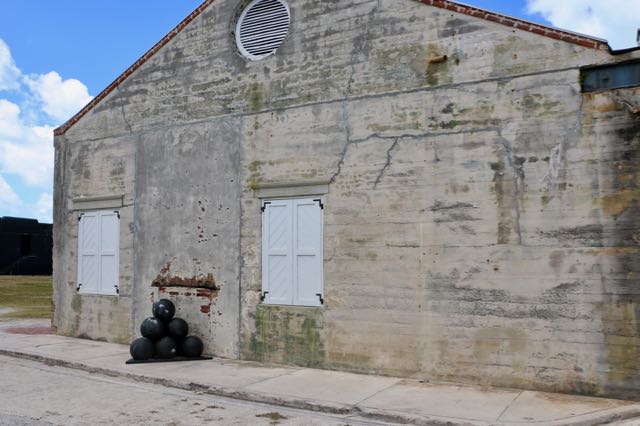
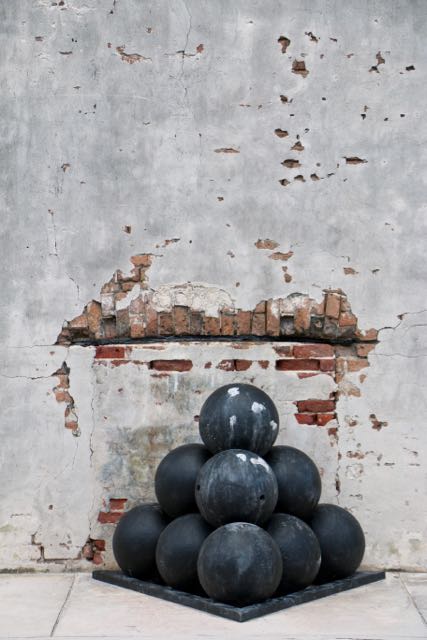
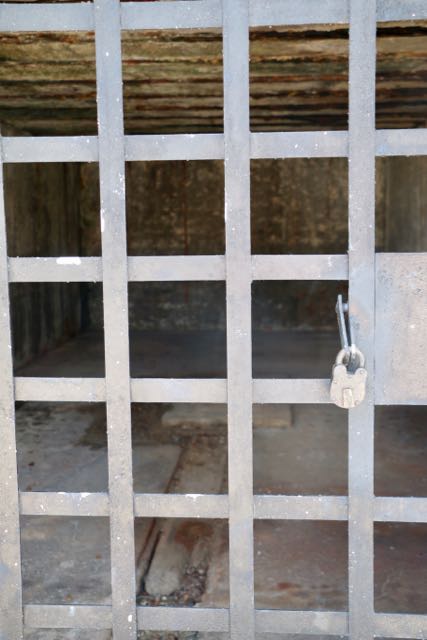
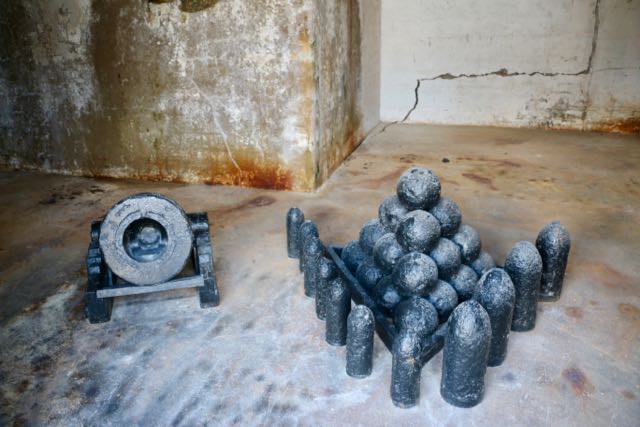
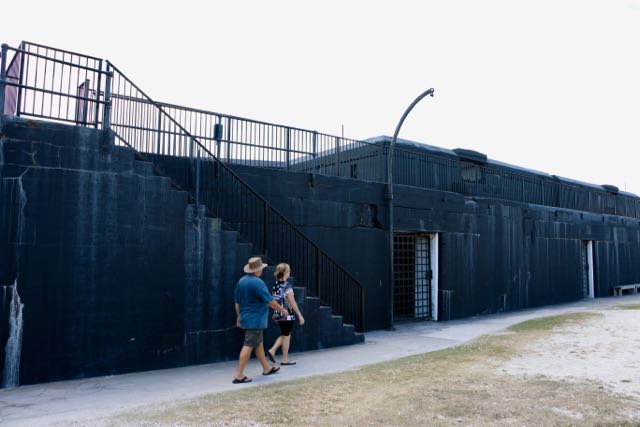
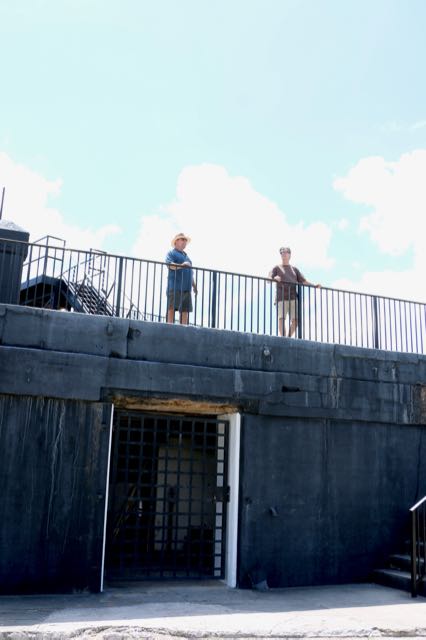
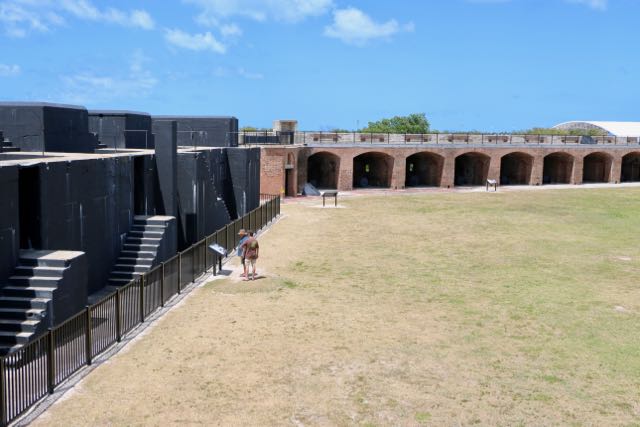
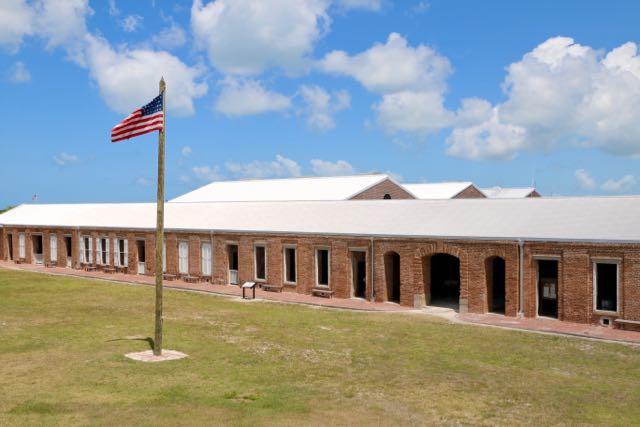
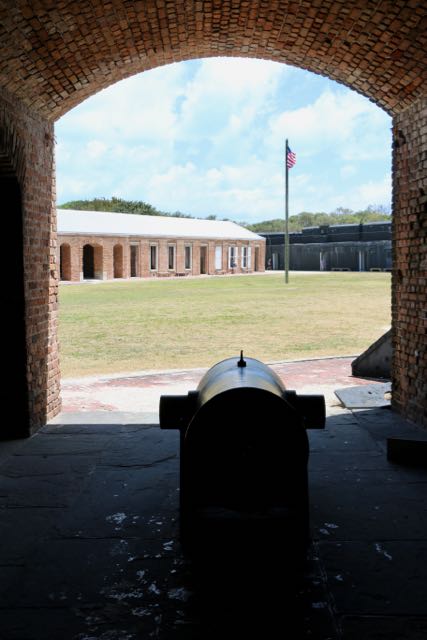
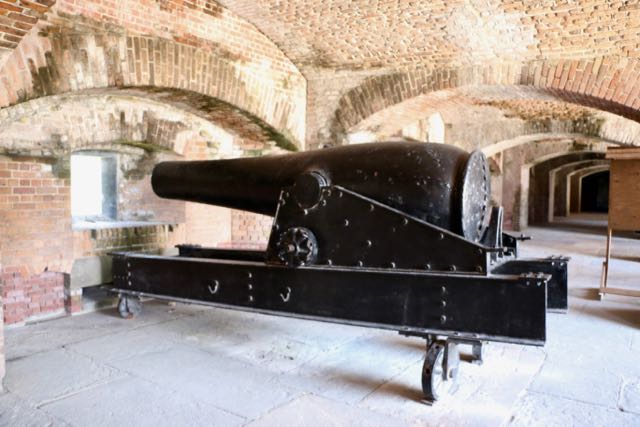
The cannons aimed out to the ocean.
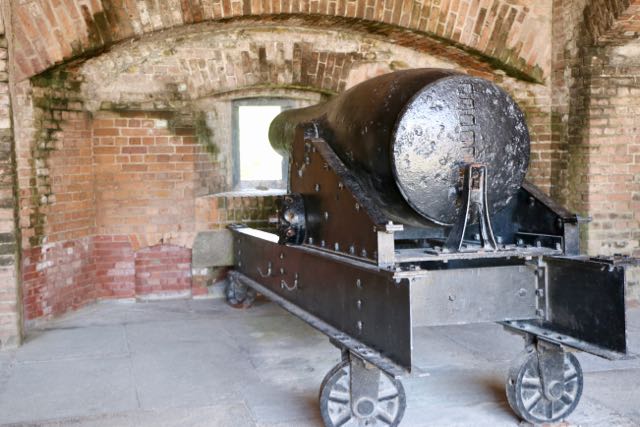
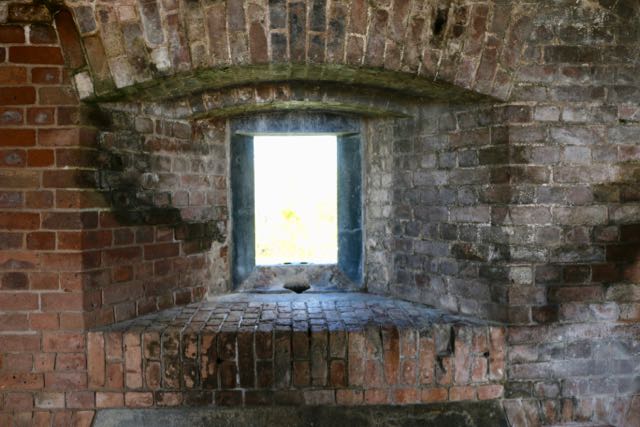
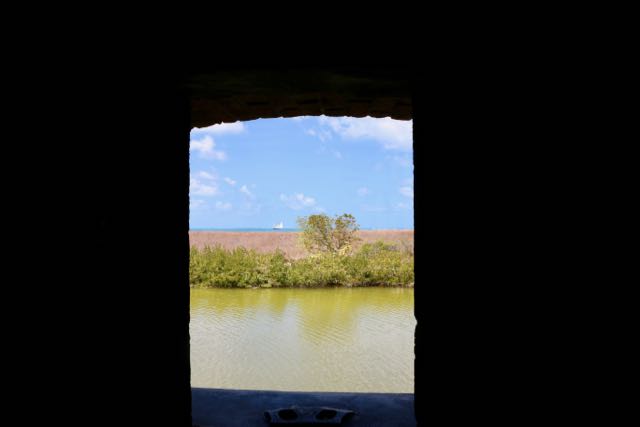
The moat, and the ocean beyond.
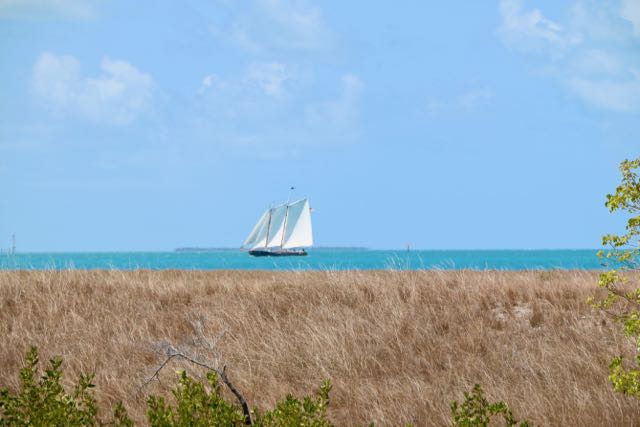
The view through the cannon window.
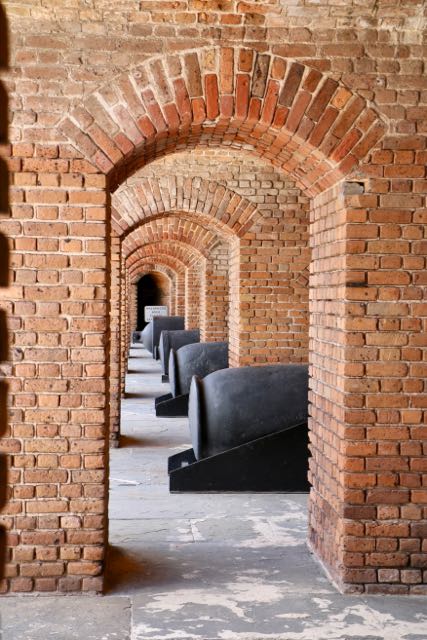
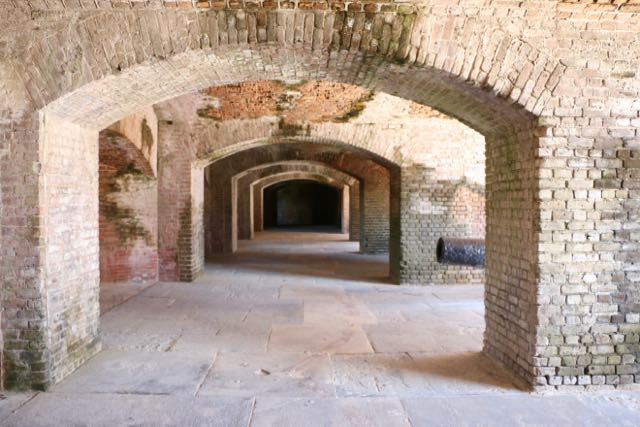
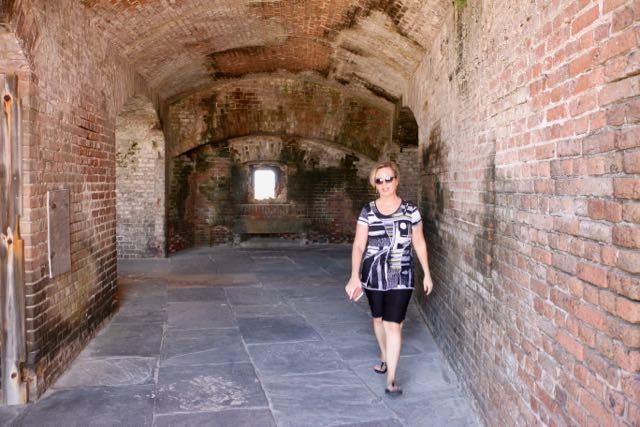
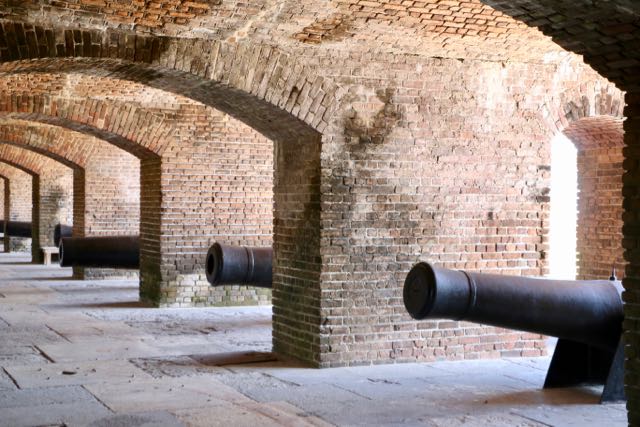
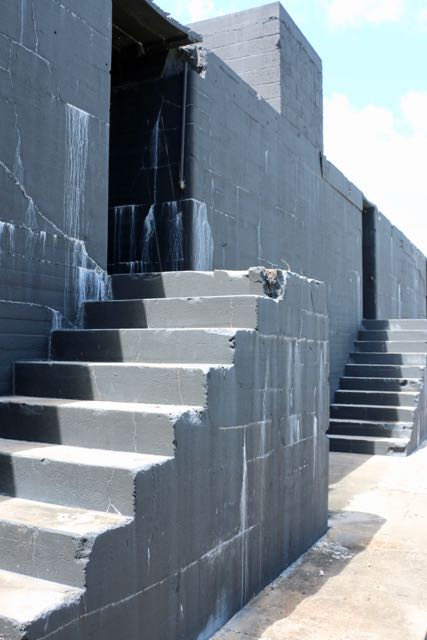
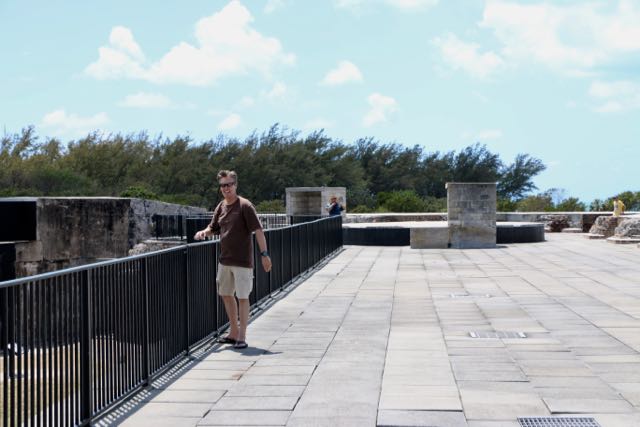
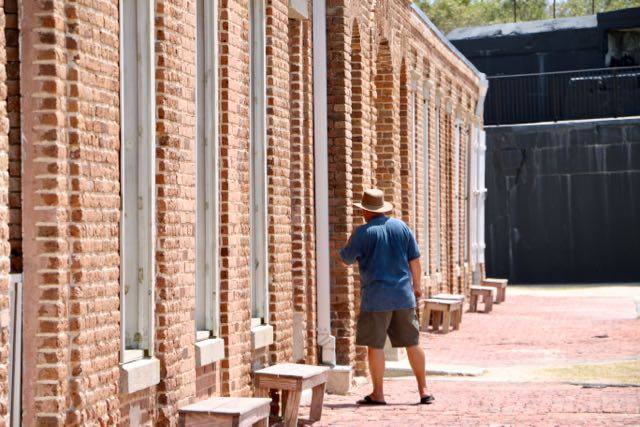
Checking out the barracks.
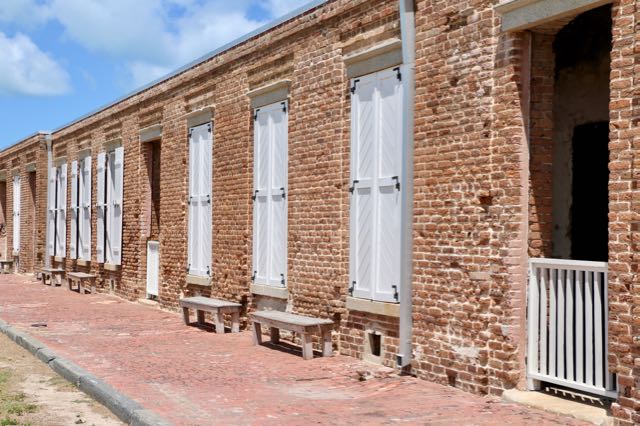
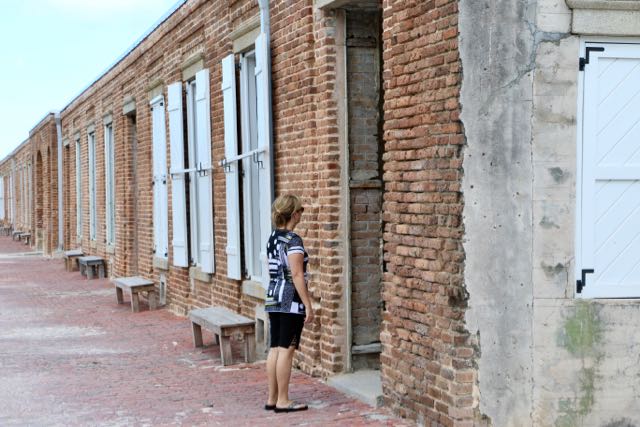
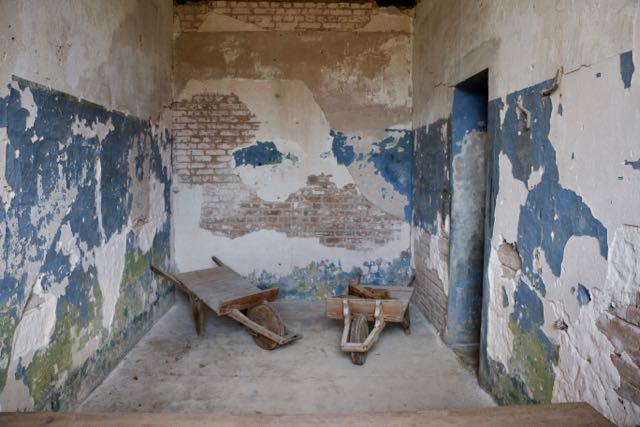
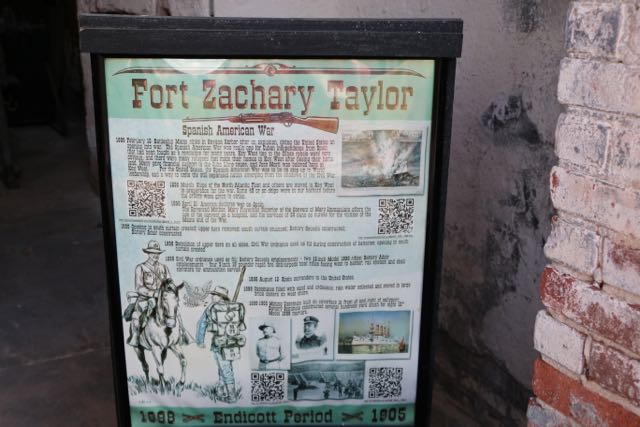
One of a dozen or so posters outlining the history of Fort Taylor.
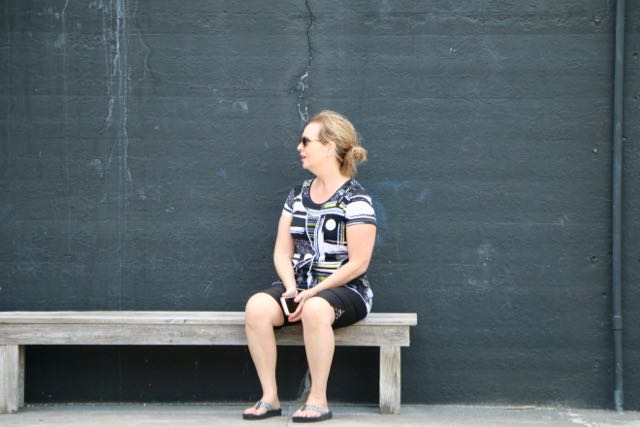
There was only one way in and out of Fort Taylor. After crossing an 1,100 foot wooden causeway from the island, all personnel and supplies entered and exited through the Sally port. A moat and drawbridge protected the fort from unauthorized access. Today, Fort Taylor is on the island, no causeway to cross, with only the moat left surrounding it on most sides.
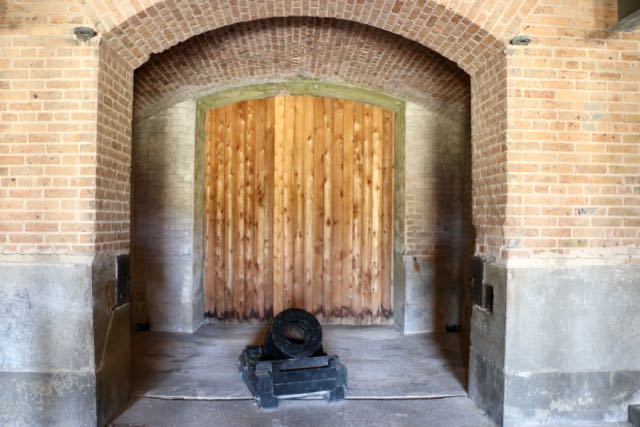
The Sally port.
In 1968, Fort Taylor was a Navy junkyard. There was a man tasked with evaluating the value of Fort Taylor. Howard England’s first excavation revealed buried Civil War armaments.
Howard England, along with his volunteer “sand hogs”, worked tirelessly for eight long years to unearth the treasures on Fort Taylors grounds. When all was said and done, enough fill and rubble to fill approximately 3,300 semi trailer trucks uncovered 20 large guns, their carriages, and thousands of rounds of ammunition. One of the placards stated: “When asked why he devoted so much time and effort to his one-man crusade, he simply responded, ‘Someone had to do it.’ ”
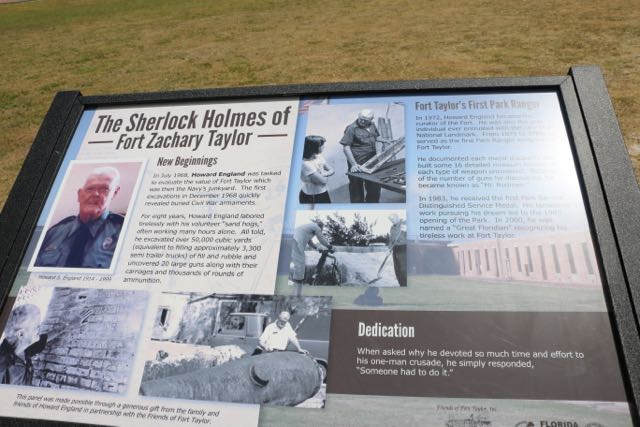
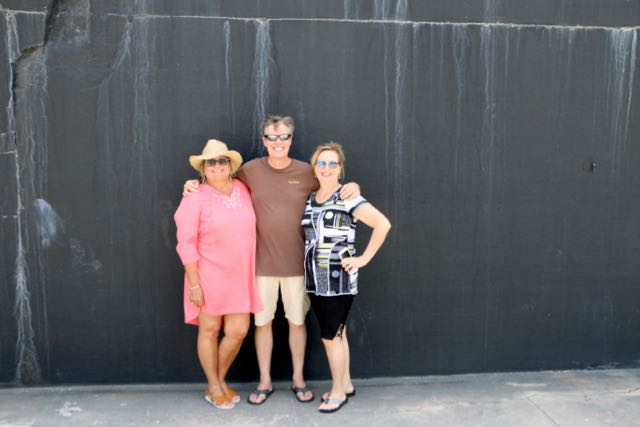
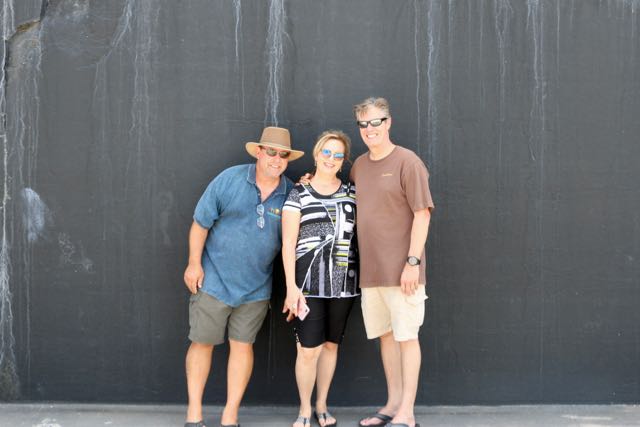
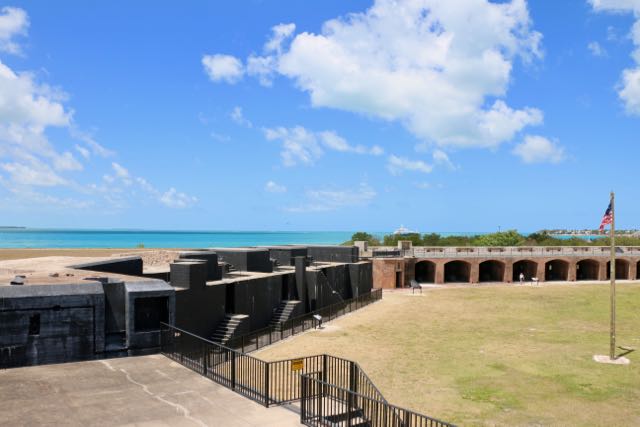
A great visit, indeed!
